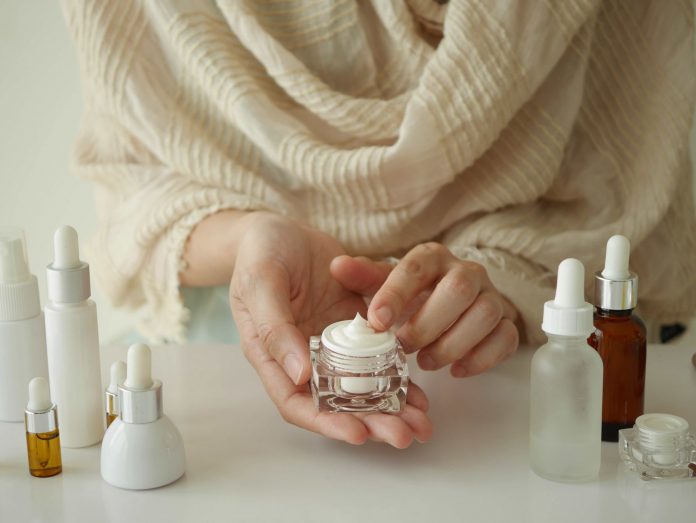The skin is the body’s largest organ and acts as a barrier between the dry air outside and the inside mechanisms of our bodies. Diabetes.org suggests skin issues are one of the first signs that a person has diabetes.
Some of these skin conditions include bacterial infections, which can present as styes in the eyes, boils, folliculitis, carbuncles and infections around the nails, or fungal infections, which can present as jock itch, athlete’s foot, ringworm, and vaginal infection that causes itching.
People who live with diabetes are more likely to suffer skin conditions than other people, sometimes resulting in slower healing of skin infections and cuts. Healthy skin is a barrier to keeping out infection, but diabetes can cause extremely dry, itchy skin due to damage to the small blood vessels and nerves, leading to cracks in the skin, and sometimes dry eyes, nose or mouth.
Everyday tasks such as showering, washing dishes, cleaning and washing hands numerous times a day can make the skin prone to dryness and cracking. As the wintry weather kicks in, the low humidity levels and the cold, sometimes windy air can suck the moisture out of the skin. This puts skin more at risk of dryness, cracking through scratching, and infection.
For those who have diabetes, looking after the feet along with the rest of the body is important as they can be prone to blisters, cuts and sores.
Apart from managing diabetes effectively, people can manage dry skin, especially during the colder months, in a number of ways, including:
- Avoiding long hot showers and baths – to help the skin from drying out. Having quicker lukewarm showers and baths will help.
- Drying face and body thoroughly, especially between fingers and toes.
- Moisturising after bathing and after washing hands throughout the day.
- Trying not to scratch itchy skin, as this could break the skin and allow it to become infected. Moisturising consistently can help keep skin supple, especially in windy and cold weather.
- For people with diabetes, treating open cuts and wounds immediately to prevent infection. Those whose cut or wound is not healing should visit their doctor or local pharmacy.
- Keeping the home and surroundings humid with a humidifier, if possible, to help put moisture back into the skin.
- Using mild, fragrance-free face and body, shampoos and other hygiene products to help keep skin from drying out.
- Keeping skin clean and dry to help minimise dryness and cracking. Patting the skin after bathing rather than rubbing the skin dry with a towel will minimise irritation.
- Wearing appropriate fitted shoes and socks made from natural fibres, which won’t irritate and restrict skin. Avoiding walking around barefoot will help keep feet in good condition, too.
- Investing in a good face and body moisturiser.
For dry skin, pharmacists can suggest pH-balanced face and body washes as well as the appropriate moisturiser for skin type. They can suggest practices to help keep dry skin conditions under control.
Working closely with the patient’s doctor, the pharmacist can monitor medications for those prone to infection and can recommend alternative creams and lotions, whether they are on the shelf or available over the counter while educating as to why certain products and procedures work and don’t work.
Community pharmacy helps with the management of skin conditions while possibly minimising visits to the doctor, in turn saving time and money.
This article was originally published in the July issue of Retail Pharmacy magazine.







